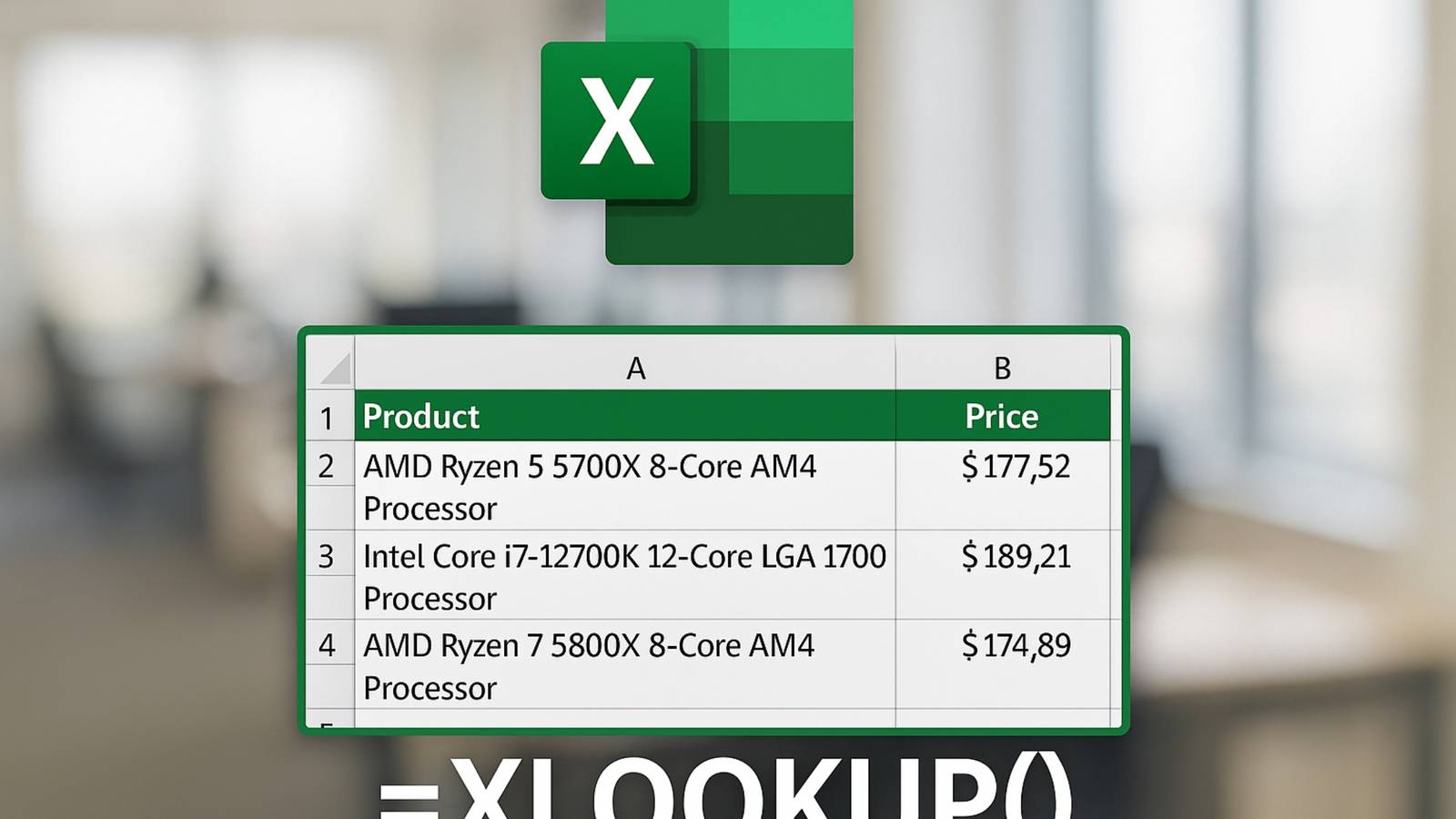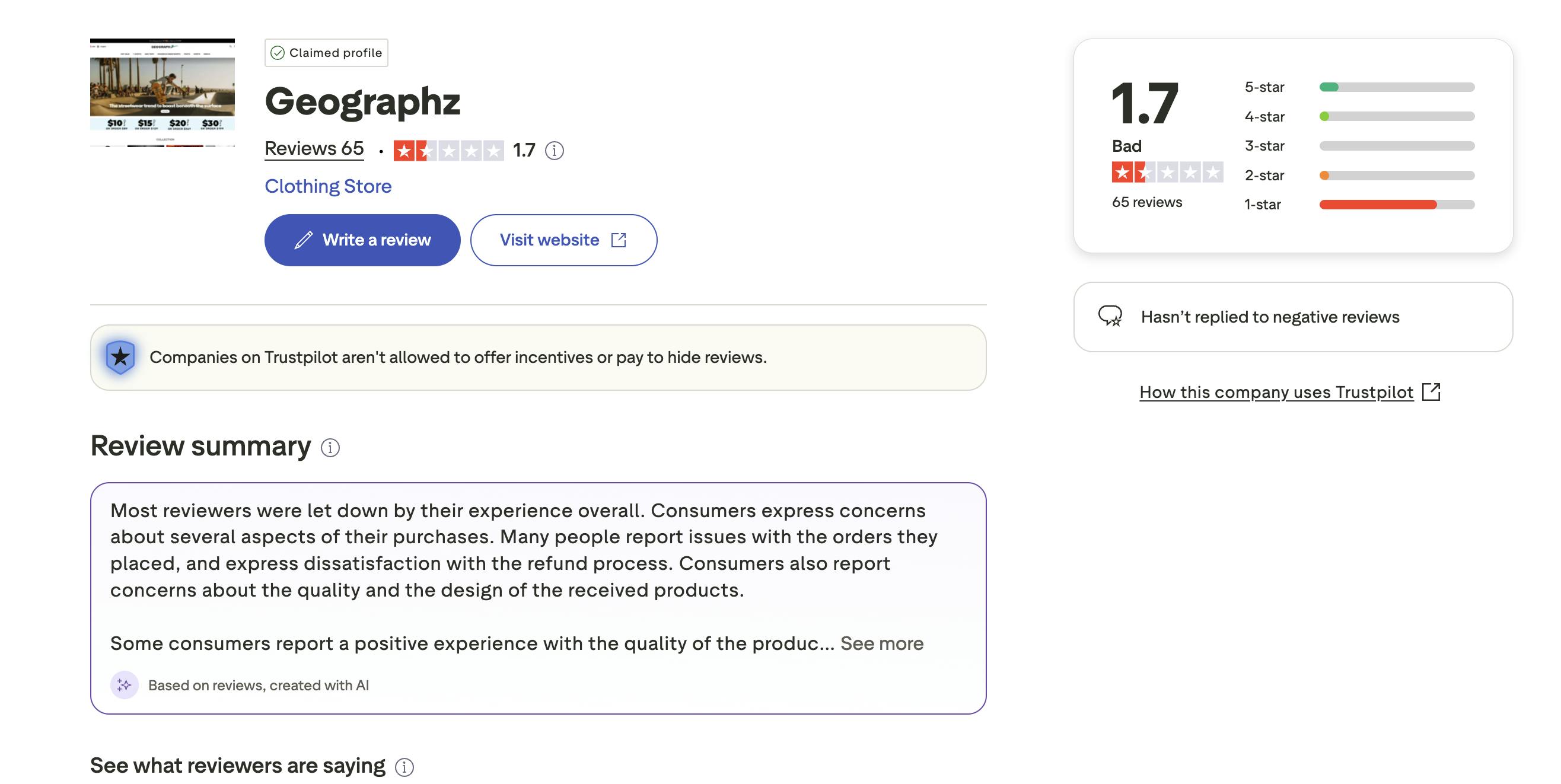Ten years ago, I wrote about the thrill and frustration of being a 3D printing early adopter. I was cutting my teeth on machines like the XYZprinting da Vinci—a bulky beast with proprietary everything—and the LulzBot TAZ 5, which was the standard bearer of open-source printing at the time. Just getting a clean first layer down on the printer’s bed felt like a personal victory, and unclogging a jammed hot end without snapping a thermistor was practically a rite of passage. The machines were noisy and temperamental, and printing with them was more akin to doing an art project than working with a tool. But I (and many other enthusiasts) loved them anyway.
Fast-forward a decade, and the world of 3D printing has evolved tremendously. Printers are faster, smarter, and more refined.
So am I. After hundreds of spools, firmware tweak experiments, late-night layer shifts, and enough PLA scraps to 3D-print a house, I’ve traded in my beginner badge for something closer to mastery. What follows are 10 hard-earned lessons about 3D printing that could only come from living with these machines day in and day out.
1. Don’t Worry If Your First Print Is a Disaster (It Probably Will Be)
There’s nothing quite like the feeling of watching your first print finish. It doesn’t matter if it’s a calibration cube or a low-poly Pokémon figurine—that little hunk of melted plastic feels like magic. Prepare yourself, though, because your first print is virtually guaranteed to be, in enthusiast parlance, a “spaghetti monster.”
But that first print is just an entryway. What follows is a journey into materials science, mechanical engineering, thermal dynamics, and—let’s be honest—emotional regulation. While modern manufacturers are lowering the bar for entry into the 3D printing hobby every year, being open to learning new things is critical for long-term success. The first print gives you confidence. The hundredth gives you wisdom.
(Credit: Michael Lydick)
2. Bed Adhesion Is a Life Skill
On day one, I thought bed adhesion was just about luck, or maybe a little painter’s tape and blind faith. If the print stuck to the bed, I’d quietly back away like I’d just disarmed a bomb. But over the last 10 years, I’ve learned that adhesion is a full-blown discipline, not a side note.
At the outset, I had no idea how much Z-offset, bed temperature, ambient airflow, or even the brand of filament could affect that crucial first layer. I’ve experimented with BuildTak, Wham Bam, glass, textured PEI sheets—and yes, I unapologetically used purple Elmer’s glue sticks on my Creality Ender-3 build plate. Hairspray turns out to be surprisingly effective, but the cruel irony is that the longer I stuck with 3D printing, the less hair I seemed to have.
The Best 3D Printers We’ve Tested
What used to feel like a guessing game is now a careful checklist. Today, I don’t hit Print until I know that first layer is going down like it’s on rails, because if it doesn’t, the rest doesn’t matter. I’m dialing in the Z-offset in real time with first-layer prints, and using bed-adhesion products like Magigoo that are specifically formulated for ABS, nylon, or polycarbonate.
3. Cheap Filament Will Cost You More
At first, I thought filament was filament. If it fit the extruder and came in a color I liked, I was sold—especially if it was $20 cheaper than the alternative. I learned the hard way that budget filament isn’t a bargain when it clogs your nozzle, warps halfway through a long print, or leaves inconsistent layers that make your model look like it was printed during an earthquake.

(Credit: Michael Lydick)
In those early days, I’d waste hours troubleshooting what I thought was a slicer issue or hardware fault, only to discover I was feeding my machine the 3D-printing equivalent of junk food. These days, I stick with brands that have earned my trust, including Gizmo Dorks, Polymaker, MatterHackers Pro, and, surprisingly, Sunlu. (Despite its low price, Sunlu’s filament has delivered consistent results for me across multiple printers, especially for prototyping and day-to-day jobs.)
Even better, companies like Prusa and Bambu Lab have completely closed the loop: Their own filament lines are tuned at the factory, with preloaded slicer profiles that just work. That’s not just convenient; it’s what makes reliable printing feel effortless. I’ll pay more for printers that have pre-tuned filament profiles so I can get straight to printing versus “Frankenstein-ing” my own filament slicer settings.
4. Automatic Bed Leveling Is a Sanity Saver
When I started out in this hobby, leveling the print bed was part of the ritual. You’d slide a piece of paper under the nozzle, turn those corner knobs like a safecracker, and pray the first layer didn’t look like abstract art. At the time, I thought it built character. In reality, it just built frustration.
What made it worse was watching the open-source community—mostly teenagers on YouTube—come out with these brilliant automatic bed-leveling hacks using BLTouch sensors and Marlin tweaks, while the OEMs dragged their feet. If you wanted leveling, you had to tear your machine apart, reflash firmware, modify your G-code, and hope your wiring job didn’t fry a board. I remember thinking, “Why isn’t this built in?”
Fast-forward to today, and thankfully, it is. Printers like the Qidi Plus 4, the Original Prusa MK4, and the Bambu X1C handle leveling with calm, quiet confidence. What used to be a half-hour chore is now a background process, as it always should have been. Having done it manually, I know why it’s important and how to handle things if the sensors start misbehaving. When you get the first layer right, the rest of the print comes out amazingly, like this Xbox controller holder I made:

(Credit: Michael Lydick)
5. Printing Fast Doesn’t Mean Finishing Fast
In my early days, I was obsessed with speed. If the slicer said I could shave 40 minutes off a print by cranking up the travel and flow rates, I was all in. But it didn’t take long to realize that fast settings often led to slow disasters: stringing, poor adhesion, ringing, or worse, a complete spaghetti failure halfway through a long job. I used to think I was saving time, but I was really just setting myself up for more work.
I’ve since learned that dialing in a balanced profile—not just fast, but stable—is what actually leads to faster results in the long run. It was especially important to me when I bought my first rental home, and I needed a sign for the house that I thought I could make faster than the local sign maker. It wasn’t until I slowed down—and slowed the printer down—that the quality of the letters and the icons improved:

(Credit: Michael Lydick)
I’ve learned that some machines handle speed better than others (Bambu Lab’s H2D can fly), but even then, print quality often starts to drop if you’re not feeding it clean geometry, calibrated retraction, and tuned acceleration. These days, I still test “sport mode” settings for fun. But when I need something right the first time, I choose reliable over rushed. If it’s tuned properly, you can make anything at a professional-grade quality. Here’s the finished sign project:

Get Our Best Stories!
Your Daily Dose of Our Top Tech News

By clicking Sign Me Up, you confirm you are 16+ and agree to our Terms of Use and Privacy Policy.
Thanks for signing up!
Your subscription has been confirmed. Keep an eye on your inbox!

(Credit: Michael Lydick)
6. Your 3D Printer Is Only as Good as Your Firmware
When I started in the hobby, firmware felt like some mysterious black box—something you only touched if your printer was completely bricked or you had a death wish. I wouldn’t go near it, or even think about it. But over time, I realized firmware isn’t just the brain of the printer, it’s the soul of the entire user experience.
Back in the early days, if you wanted mesh leveling, linear advance, or pressure tuning, you had to roll your own version of Marlin, pray your screen still booted, and hope you didn’t brick the board. Every update was nerve-wracking.
Eventually, I saw those updates differently. Each new release started to feel like mission control beaming down critical guidance. And the best part? These weren’t just developer notes. They were collective improvements, built from hard-earned lessons shared by makers all over the world. Older me doesn’t grumble when it’s time to flash firmware. I respect it. It’s like a knowledge handshake between me and thousands of other people who’ve been there, too.

(Credit: Michael Lydick)
Today, with powerful free options like Klipper and polished stock systems like the one on my Qidi Plus 4, firmware is no longer the scary part. It’s what makes me smile when the first layer goes down flawlessly.
7. 3D Printer Upgrades Are a Rabbit Hole
Right from day one, upgrades felt like part of the adventure—almost like a rite of passage. Watching YouTubers with tricked-out Ender 3s and hot-rodded Prusa i3 clones, I felt like if I wasn’t modding my printer, I wasn’t really part of the club. Unless I’d replaced the extruder, swapped the hot end, flashed custom firmware, and zip-tied at least one cable incorrectly, was I even a real 3D printer user?
So I dove in—linear rails, silent stepper drivers, all-metal hot ends, upgraded fans, you name it. Some upgrades helped, others caused more problems, and a few made me question why I didn’t just build the printer from scratch.
Recommended by Our Editors

(Credit: Michael Lydick)
Over time, though, my thinking shifted. These days, any mods I make are because I need them—to support a specific material, a demanding project, or a niche use case—not because I feel like I have to keep up with the modding crowd. I’ve also learned to wait, because if you give it 20 minutes, there will usually be a brand-new printer—manufacturers like Creality tend to launch new models constantly—with all the upgrades you just toiled to install manually now baked right in.
8. There’s No One ‘Best’ 3D Printer
When I was starting out, I was always chasing the “best printer.” Every week, a new video would drop claiming that a certain machine was faster, quieter, more accurate, or somehow revolutionary. It was hard to ignore the buzz around machines like the Prusa MK4, with its endless modding opportunities.
I believed the hype because the influencers seemed so convincing. What I didn’t realize back then was how many of them were sponsored by printer makers, working off scripts, or glossing over the printers’ flaws. What I thought was the perfect machine often turned out to be anything but. It took a few frustrating purchases and a lot of wasted time to learn the truth: There is no single “best” printer—only the best one for your workflow.
And my workflow isn’t printing cosplay props or desk toys. It’s focused on engineering-grade materials like ABS, nylon, and polycarbonate. That instantly ruled out half the mainstream machines, no matter how shiny the interface or how great the hype. Now I match the tool to the job. My Bambu Lab A1 mini prints TPU better than any printer I’ve ever used. Meanwhile, my Qidi Plus 4 prints ABS like it was born with a spool of it in its mouth—zero warping, rock-solid layers, and repeatable results.

(Credit: Michael Lydick)
When I started out, the instruction manuals were laughable, and the official support channels were often worse. If I wanted real answers, I had to dig through forums, Reddit threads, Discord servers, and low-res YouTube videos where someone with a $10 webcam casually solved the exact issue I’d been dealing with for hours. At first, it felt overwhelming—too many voices, conflicting advice, and endless technical tangents. But over time, I started to see the brilliance in it: This was crowdsourced innovation, built on trial and error and a whole lot of melted plastic.
One moment that stuck with me: I was chasing a fix for a bizarre layer shifting issue, and buried deep in a forgotten thread was a post that began, “If you’re reading this, you’re having this problem, and like you, I couldn’t find any information.” This post wasn’t official. It wasn’t endorsed. But it solved the exact thing I had been struggling with for days. Moments like that made me realize the community isn’t just helpful, it’s essential.
10. 3D Printing Isn’t Just a Hobby Anymore. It’s Part of Who I Am
Ten years ago, I thought 3D printing was going to be a fun side project—something to tinker with in the garage. Maybe I’d use it to crank out a few brackets or tool holders and then move on when the novelty wore off. But it never did. Instead, it pulled me in deeper. Layer by layer, print by print, it rewired the way I solve problems, approach design, and think about physical space.
Now, I don’t just use a 3D printer—I think in 3D printing. I look at everyday problems and instinctively ask, “Can I print the solution?” A broken appliance? Custom replacement part. Awkward storage problem? Time to model a bracket. Prototype idea? I’ll have something tangible in my hands by lunch. What used to be trial and error has become instinct, not because it got easier, but because I got better.
And it’s not just technical. 3D printing has spilled into my friendships, my work, and even how I spend my quiet hours. I’ve helped friends solve problems with prints, taught others how to get started, and contributed to open-source projects and forums that once helped me. I’ve had conversations with makers in other countries about firmware settings and nozzle diameters like we were old pals, because in this community, shared obsession is its own language.
Looking back, I see now that I didn’t just adopt a tool, I stepped into a mindset. A way of living where curiosity meets capability, where a digital idea becomes something real and useful. Printing has become my workshop, my creative outlet, my problem-solving engine—and, over time, part of my identity.
If I could go back and talk to that guy unboxing his first printer with no idea what he was getting into, I’d say: Stick with it. You’re not just building prints. You’re building a skillset that’ll reshape the way you think. And honestly? I wouldn’t trade a single failed print for what I’ve gained.
About Michael Lydick















